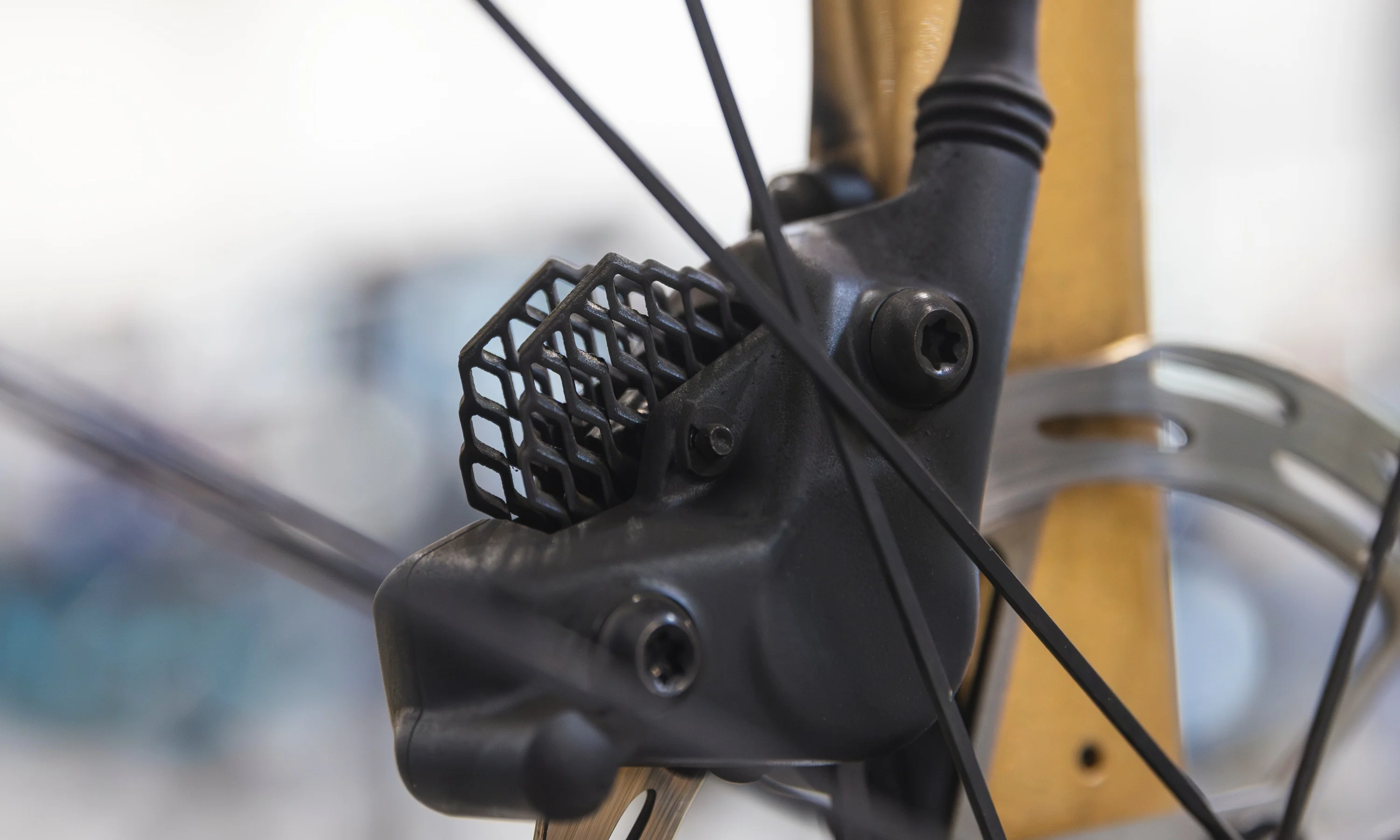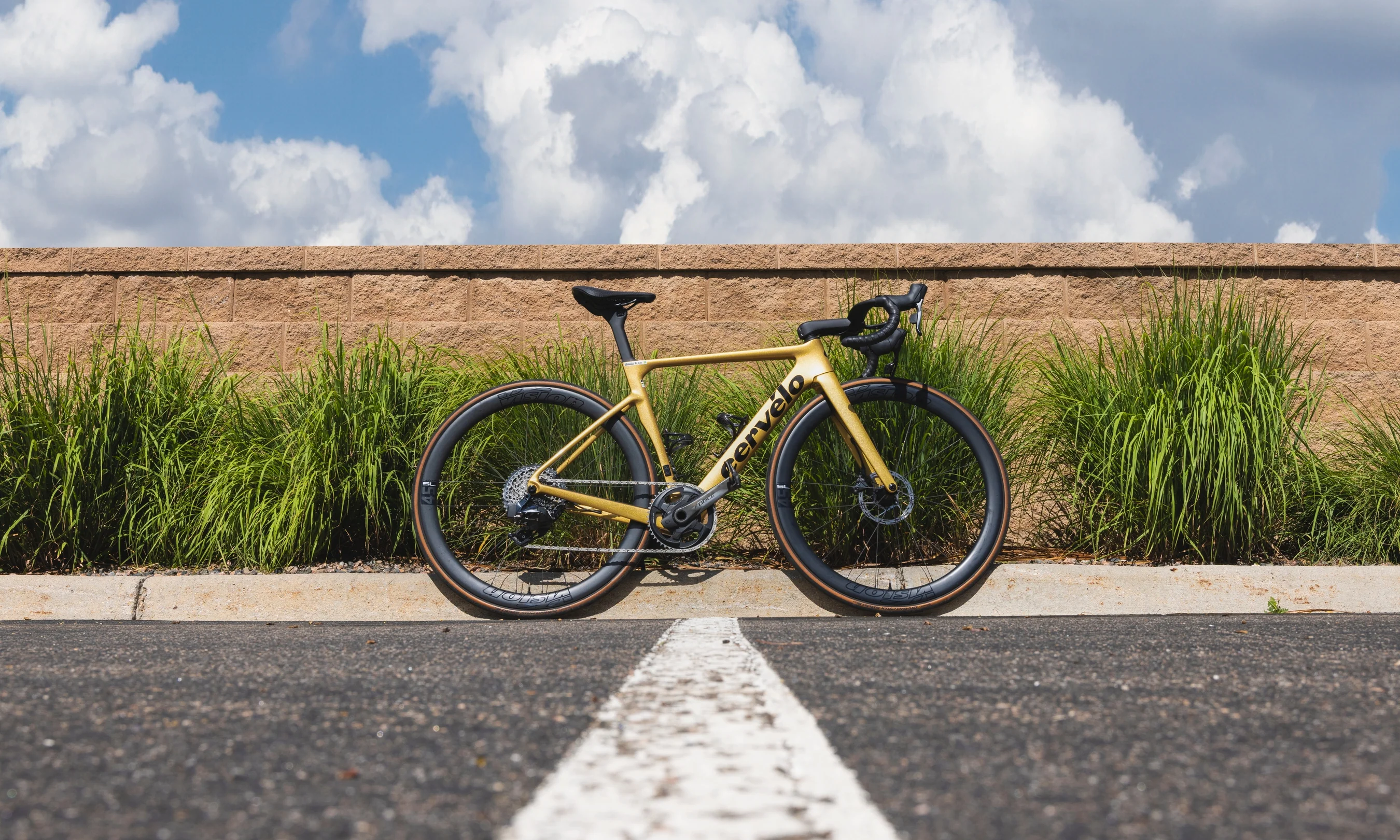There will be a Tour de France this July, despite the ongoing coronavirus pandemic. But the race won’t be held in France. It won’t be held in any specific country or place, in fact. Race organizer Amaury Sport Organisation (ASO) has teamed up with Zwift, the leaders in virtual cycling, to organize a Virtual Tour de France, July 4-19.
Will this online equivalent tide over fans of “In Real Life” (IRL) racing until the Tour’s new dates of August 29-September 20, 2020? To find out, we talked to one of the world’s top Zwift riders, Holden Comeau. He rides for our very own Saris + The Pro’s Closet team. Unfortunately, they were not invited to this virtual edition of the Grande Boucle, but Comeau has some keen insight to help Tour fans understand what the race will look like in the virtual universe that is Zwift.
The basics
If you’re new to the concept of virtual cycling, Zwift is an online platform that turns trainer rides into a video game. With a smart trainer or connected power meters, riders control their avatar on virtual roads, riding through a rich universe that Zwift calls “Watopia.”
ASO has invited 23 pro men’s teams and 17 pro women’s teams to race on Zwift in the Virtual Tour de France. There will be six stages in total, held on three consecutive weekends. Men and women will race the exact same stages on the same days, something unheard of in modern pro cycling.
July 4, stage 1: Nice, 36.4km (4 x 9.1km, hilly stage)
July 5, stage 2: Nice, 29.5km (682m of ascent, mountain stage)
July 11, stage 3: North-East France, 48km (flat stage)
July 12, stage 4: South-West France, 45.8km (2 x 22.9km laps, hilly stage)
July 18, stage 5: Mont Ventoux, 22.9km (finish at Chalet-Reynard, mountain stage)
July 19, stage 6: Paris Champs-Elysées, 42.8km (6 laps of the circuit)
The leader’s yellow jersey will be awarded based on points, not an individual rider’s cumulative time. The first 25 finishers in each stage score points — higher finishes earn more points. There will also be awards for best sprinter, best climber, best team, and best young rider. Finally, fan participation is encouraged with daily Twitter polls to pick the most combative rider.
Racing will be televised on any station that had originally been slated to broadcast the Tour. The Virtual Tour will also be streamed on Zwift’s website.
Similarities to the Tour de France IRL
Pro cycling fans will see some familiar names on the start list, such as Tour de France winners Chris Froome, Geraint Thomas, and Egan Bernal, Olympic champions Greg Van Avermaet and Anna Van der Breggen, multi-time world champion Marianne Vos, and American star Chloé Dygert Owen.
As is the case with the 21-stage marathon through France, a team must be strong and coordinated team to succeed in the Virtual Tour de France. Comeau explains how his Saris + The Pro’s Closet team employs classic road tactics to break up the bunch when they compete on Zwift:
“One of our favorite tactics is to keep on attacking and counterattacking,” he says. “We attack to control the race and force others to chase, not to win necessarily. As soon as a rider is caught our next rider goes up the road, keeping people constantly responding to us. It’s very clear that we’re doing that with strategy and communicating.”
Just like in the real Tour, if you see a single team placing all its riders on the front of the group or attacking as Comeau describes, it’s likely they’re feeling strong and trying to break up the race.
Differences from real life
Zwift racing is ideal for the time-crunched cycling fan. As you can tell by the stage distances, most of these races will take about an hour. That’s a far cry from the six-hour slogs that characterize many Tour stages. This means the action will be intense.
“It’s not just the duration that’s condensed,” Comeau says. “Everything that might happen strategically over the course of a longer race on the road is going to be smooshed down into a shorter timeframe.”
“Take an attack for example. On the road, teams might not take it seriously until it got a minute out, and then it might prompt a chase. On Zwift, you need to take an attack seriously when it gets 15 or 30 seconds — that’s when an attack becomes viable. It would be a mistake to let a break go for a minute without responding. That’s way too late.”
Instead of sending riders off the front, Comeau expects the Virtual Tour stages might come down to who gets dropped off of the back of the group.
“Getting dropped is a risk all the time, and there is a lot of drama there,” he says.
“You don’t realize how fast the pack is going, and it doesn’t feel like that, but imagine letting a gap go on the road with a group going 30mph. It’s not easy to close that gap solo.”
However, the women’s race might see the opposite dynamic, Comeau explains.
“We’ve seen historically in Zwift women’s racing that there are much smaller number of riders that are considerably stronger than the field,” he says. “Everything I described about men’s racing — it’s sort of the opposite for women. There are five or six elite women who tend to break away and compete against each other in small groups off the front. The Tour is going to bring out a whole lot more talented women to race, so I don’t really know. I might look like the men’s race more or it could continue to look like what we see in the women’s race. Right now women’s racing on Zwift looks closer to real life.”
Three tips for watching Zwift racing
1. Spot team tactics. “If you see a team’s riders organized around one and other, riding together in the pack or going to the front, that is really difficult to do,” says Comeau. “Anytime you see a team of riders close to one another that’s not a random thing, they do that purposefully.”
2. Dig into data. “There’s a ton of data, and I think people love to see those metrics,” says Comeau. “We might not get as much transparency in road racing because they want to keep it private, but in Zwift, it’s all there, all available, and public. You can see a rider’s history and what’s happening in real-time.”
3. Watch for dark horses. “I think this is an opportunity for some lesser-known riders to shine on Zwift,” Comeau says. “What makes a rider successful on the road, from a purely physiological standpoint, tends to be very different from what makes a rider successful on Zwift. Zwift favors muscular, sprinter-type riders, riders who are heavier. That’s a stark contrast to what we traditionally think of as a Tour de France rider.”
Stage-by-stage breakdown
Stage 1: Nice, 36.4km (4 x 9.1km, hilly stage)

Expected result: Reduced bunch sprint finish
“This is a classic route in Zwift, one of the original routes in reverse. The power climb takes about four minutes. It’s very gradual and draftable but starts with a steep kick that sets up the rest of the climb. It will immediately string it out. If someone’s not paying attention, they will get dropped. At the top of the climb on the last lap, you have maybe one minute from the top to the finish. I bet a sizeable group will get to the top of that fourth climb and whatever the position is over the top of that hill is likely going to be pretty close to how it finishes. This is definitely not a climbing or breakaway stage.”
Stage 2: Nice, 29.5km (682m of ascent, mountain stage)

Expected result: Peloton pursuit of breakaway climbers
“This climb is brutal, although you descend and then have another 7km after you’re down at the end. It’s not a mountain finish, and usually, on Zwift, we let people go away on climbs if we know there’s going to be a descent because the descent is too strong an effect — the peloton is going considerably faster than anyone going solo or a small group. If the climbers try to get away and there’s a big enough group chasing, I’d be comfortable bringing back a minute gap coming down that descent. The climbers really need to commit, and it’ll be close at the end.”
Stage 3: North-East France, 48km (flat stage)

Expected result: Sprint finish
“This is a new route in Zwift that looks very flat. The elevation gain is 436 feet per lap, so maybe a bit of a bump each lap but not enough to materially affect the race. The intermediate sprints will play a factor — teams might be more aggressive to establish sprint points. Still, I imagine it’s going to come down to a big pack sprint at the end. It’s going to be a total drag race.”
Stage 4: South-West France, 45.8km (2 x 22.9km laps, hilly stage)

Expected result: Reduced bunch sprint finish
“With 508 feet of climbing per lap split between two climbs, I bet the stage will play out tactically in a way that is similar to stage 1. The climb will be a little bigger, but not so big that the climbers can create a big separation. And it looks like a long, fast descent leads into a flat finish. I think the sprinters will make it to the line, although they might be battling some fatigue from the hills. ”
Stage 5: Mont Ventoux, 22.9km (finish at Chalet-Reynard, mountain stage)

Expected result: Solo winner or small group finish
“This is a frightening elevation profile. That looks like it’s going to be an hour climb — all-in for the climbers on that one. It is more of a time trial effort. The first 6-7km are not as steep and might be draftable, but then it really kicks up for the last 8km. It gets real steep, over 10 percent for 8k. I have got to imagine we’ll see packs of ones and twos. If they’re riding together, and these guys are on a different level, so there might be some tactics. I’m excited just to be able to see power output for this long and all the data, to see just how strong these riders are.”
Stage 6: Paris Champs-Elysées, 42.8 km (6 laps of the circuit)

Expected result: Sprint finish
“I imagine this will be a sprint stage, but it could be an attrition race, like a classics race, especially since there are 6 intermediate sprint banners. That’s surely enough to tire out most sprint contenders. So if teams decide to contest for the sprint jersey, there might not be a lot of firepower left at the end.”
Overall predictions
“Consistency is what matters, but day to day it’s important to win stages. No team is going to want to play it safe even though that’s likely the best strategy for GC.
“I bet we will see the overall lead switch back and forth. The team points system is really unique it adds a strategy that I haven’t really experienced before, I don’t think many of the road teams have experienced it either, so it’s going to be sort of new for everyone.
“Each team has to think about how they can strategically use their riders in each stage. It’s all about the team competition, which is exciting but it will also add an interesting element.”
What questions do you have about the Virtual Tour de France? Let us know in the comments!



















